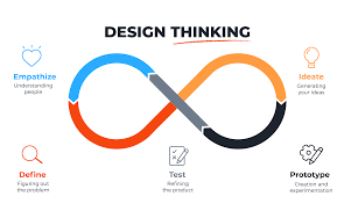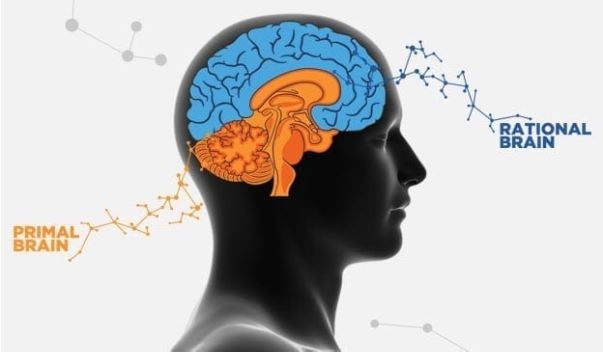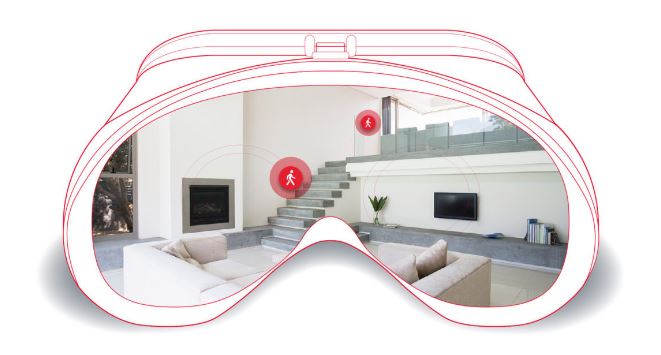
Design thinking functions at the core of the design process rendering a creative and human centered approach to problem solving. Design thinking, an iterative process with 5 phases, Empathize, Define, Ideate, Prototype and Test, creates innovative solutions to any problem statement.

Design thinking, for the real estate industry, has become extremely crucial to generate inference of ill-defined problems and develop ground-breaking, disruptive solutions. With the constant downfall discerned in the Real estate business, it has become crucial for firms to take a step back, comprehend the overall approach towards the problem statement, analyze it and step forward stronger, while getting assisted with the across-the-board process, which is empathetic to their customers.
The research has got to go deeper than just the needs. It has to tickle the brain’s primary thought process, ideating “Out of the box” formulates that cater to it. All this requires alternative paths to analyse the problem and later specify the solutions. The usage of technology, throughout, plays a crucial role.
Approach is required to develop an experience for the brain that does not just restrict itself to the needs and wants of the customers but also caters to their pain and fears.

The concept is as simple as the question, ‘Why does my customer buy a house?’ Get its answer/reason from a client in such a way that shoves him to lend you the explanation he hasn’t shared and then activate that pain juncture by providing an explanation in every designed touch point. And as a unit each of the direct stakeholders (Management, Processes, Client servicing team, Websites) needs to be ridden in caring for the clients and align with his pain point.
“It’s no more about convincing the customer’s latent needs, everytime.”
According to a study by EY, the Real Estate industry is already confronting disruptions due to the technological advancement, mindset of the new generation, demographic shift, and globalisation. However, this gives rise to new opportunities for most of the real estate firms to redesign their approach of reaching out to the customer. Using the Coworking concept is the most recent illustration of such a new opportunity.
Virtual Reality, Augmented Reality & Artificial intelligence can be availed for developing an experience that caters to the fear and pain of the client.
Let’s take a case study in which I suggested one of my clients utilize Virtual Reality for not just showcasing the ultra luxury undertaking description via Virtual Reality but an event where the security features of the undertaking are leveraged and act as a catalyst for the customer.

A builder always builds a 2D & 3D model along with the property’s floor plans. I solicited this real estate client to go one step ahead and utilise CGI to visualise space via 2D rendering and experience design. Think about how the problem is solved: It saves time and accelerates the most important need of buying home –safety.
The real estate business requires design thinkers to arise with imaginative ways of catering to customers.
Please share your thoughts on how Design thinking can be utilised to scale up not just organisations but entire industries.
If you enjoyed reading this, I’d be very grateful to you for sharing this post to the most relatable person.
